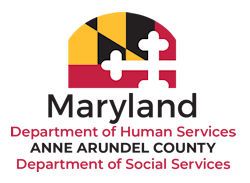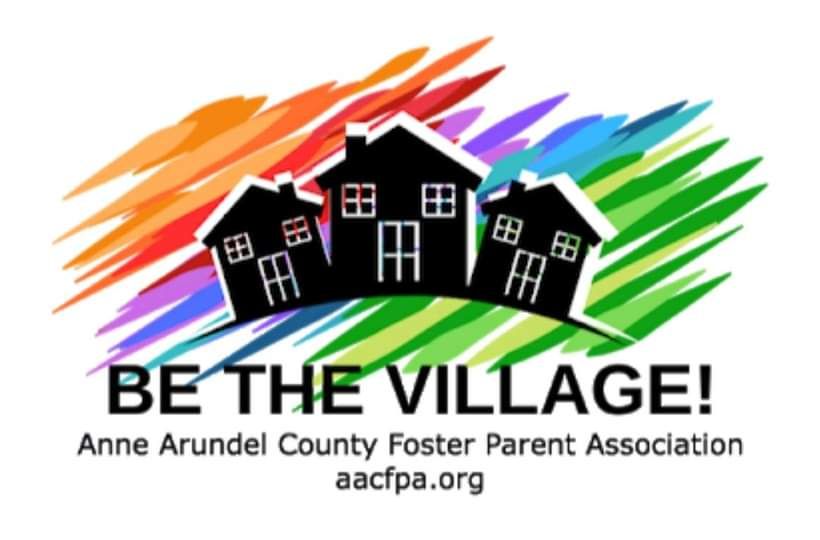Recognizing and Reporting Human Trafficking in the United States: A Guide for Identifying and Protecting Victims, Especially Children
Human trafficking is a grave violation of human rights and is widely recognized as modern-day slavery. In the United States, human trafficking takes many forms, with child trafficking being one of the most devastating. Children are especially vulnerable to exploitation, whether through sex trafficking, forced labor, or other coercive means. Recognizing the warning signs and understanding how to report suspected trafficking can help prevent further victimization and potentially save lives.
Understanding Human Trafficking
What is Human Trafficking?
Human trafficking is defined as the use of force, fraud, or coercion to obtain labor or commercial sex acts. When a child (anyone under 18) is induced into commercial sex, it is automatically considered trafficking—regardless of force, fraud, or coercion.
Forms of Child Trafficking
- Sex Trafficking: Involves minors engaging in commercial sex acts due to force, fraud, or coercion or simply because they are underage.
- Labor Trafficking: Involves forced labor in industries such as agriculture, domestic work, restaurants, factories, and traveling sales crews.
- Domestic Servitude: Some children are forced to work as domestic servants in homes under exploitative and abusive conditions.
- Child Soldiers: Though rare in the U.S., some children are trafficked for forced recruitment into criminal activities or extremist groups.
Recognizing the Signs of Child Trafficking
Traffickers often target vulnerable children, including those who are homeless, in foster care, immigrants, or facing financial or familial hardships. Knowing the warning signs can help identify victims.
General Indicators:
- Lack of personal freedom: The child is controlled by someone else, rarely allowed to speak, and always accompanied.
- Poor living conditions: The child may be living in unstable, overcrowded, or substandard housing.
- Signs of physical abuse or neglect: Bruises, burns, malnourishment, or untreated medical conditions.
- Lack of personal identification: No access to a birth certificate, ID, or social security card.
- Conflicting or scripted stories: The child provides vague, inconsistent, or rehearsed answers when questioned.
Behavioral Red Flags:
- Fearful or submissive behavior: The child appears unusually anxious, fearful, or submissive.
- Avoidance of authorities: The child avoids talking to law enforcement, social workers, or medical professionals.
- Sudden change in lifestyle: A once-social child becomes isolated, or a previously struggling child suddenly has expensive possessions.
- Signs of branding or tattoos: Some traffickers mark their victims with tattoos of names, barcodes, or phrases like "Daddy's girl."
- Frequent hotel stays: The child is regularly seen in motels, particularly in areas known for trafficking.
Sex Trafficking-Specific Indicators:
- Involvement in commercial sex: Any minor engaged in prostitution is a trafficking victim under U.S. law.
- Presence of an older, controlling partner: The child has a significantly older partner who dictates their actions.
- Unexplained high-value possessions: Expensive clothing, jewelry, or technology without a clear source of income.
- Online exploitation: Frequent communication with strangers online, receiving suspicious messages offering modeling jobs or travel.
Labor Trafficking-Specific Indicators:
- Long working hours with little to no pay: The child works excessive hours in hazardous conditions.
- Restricted movement: The child is not allowed to leave their place of work or residence freely.
- Threats of harm or deportation: The child is threatened with violence, arrest, or deportation if they attempt to leave.
Where Child Trafficking Occurs
While trafficking can happen anywhere, some locations are more commonly associated with exploitation:
- Hotels and motels
- Massage parlors and spas
- Online platforms and social media
- Strip clubs and bars
- Factories and farms
- Construction sites
- Nail salons and domestic homes
- Truck stops and transit hubs
- Migrant labor camps
How to Report Suspected Human Trafficking
If you suspect a child is being trafficked, never confront the trafficker or the victim directly. Instead, report the situation to the appropriate authorities:
Emergency Situations:
- Call 911 if a child is in immediate danger.
National Human Trafficking Hotline:
- Call 1-888-373-7888 (available 24/7, confidential, and can be anonymous).
- Text "HELP" or "INFO" to 233733 (BEFREE).
- Chat online at humantraffickinghotline.org.
Child Protective Services (CPS):
- Each state has its own CPS hotline for reporting suspected child abuse, including trafficking.
Local Law Enforcement:
- Contact your local police department or sheriff's office.
FBI Crimes Against Children Unit:
- Submit tips at tips.fbi.gov or call the FBI field office in your area.
Department of Homeland Security (DHS) Blue Campaign:
- Call 1-866-347-2423 or submit a tip online at www.ice.gov/tips.
How to Provide Helpful Information When Reporting
When making a report, providing as much detail as possible helps authorities take action. Useful information includes:
- Physical description of the suspected victim and trafficker.
- Location where trafficking is occurring (hotel, workplace, vehicle description, etc.).
- Time and date of the suspected trafficking activity.
- Descriptions of suspicious behavior (e.g., the victim being closely monitored, showing signs of physical abuse, or appearing malnourished).
- License plate numbers or vehicle descriptions.
- Any online profiles, ads, or social media activity linked to trafficking.
How to Help Prevent Child Trafficking
For Parents and Guardians:
- Educate children about online safety. Many traffickers lure victims through social media, gaming platforms, and chat apps.
- Teach children to recognize grooming tactics. Traffickers often build trust before exploiting victims.
- Monitor internet activity. Be aware of who your child interacts with online.
- Encourage open communication. Children should feel safe discussing uncomfortable encounters.
For Teachers and School Staff:
- Watch for absenteeism and behavioral changes. A student frequently missing school, showing signs of trauma, or suddenly having expensive items may be a victim.
- Train school staff to recognize trafficking indicators. Schools should implement anti-trafficking training.
- Encourage peer support programs. Trafficked children often feel isolated and fear speaking out.
For Community Members:
- Be vigilant in public spaces. Airports, bus stations, and hotels are common trafficking hubs.
- Support local anti-trafficking organizations. Volunteer or donate to groups that provide support services for survivors.
- Advocate for stronger policies. Encourage lawmakers to strengthen anti-trafficking laws and victim support services.
Conclusion
Recognizing and reporting child trafficking is a crucial step in combating this horrific crime. By staying informed, vigilant, and proactive, individuals and communities can help protect vulnerable children and ensure traffickers are brought to justice. If you suspect trafficking, trust your instincts and report it—your actions could save a life.
For more information, visit National Human Trafficking Hotline or Polaris Project.





















